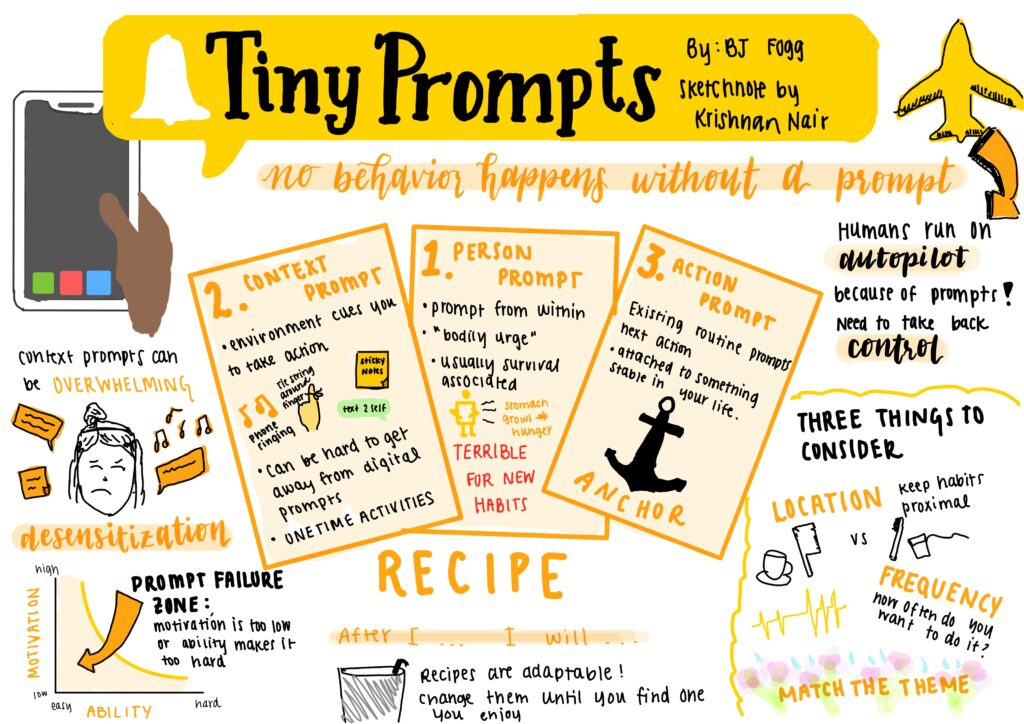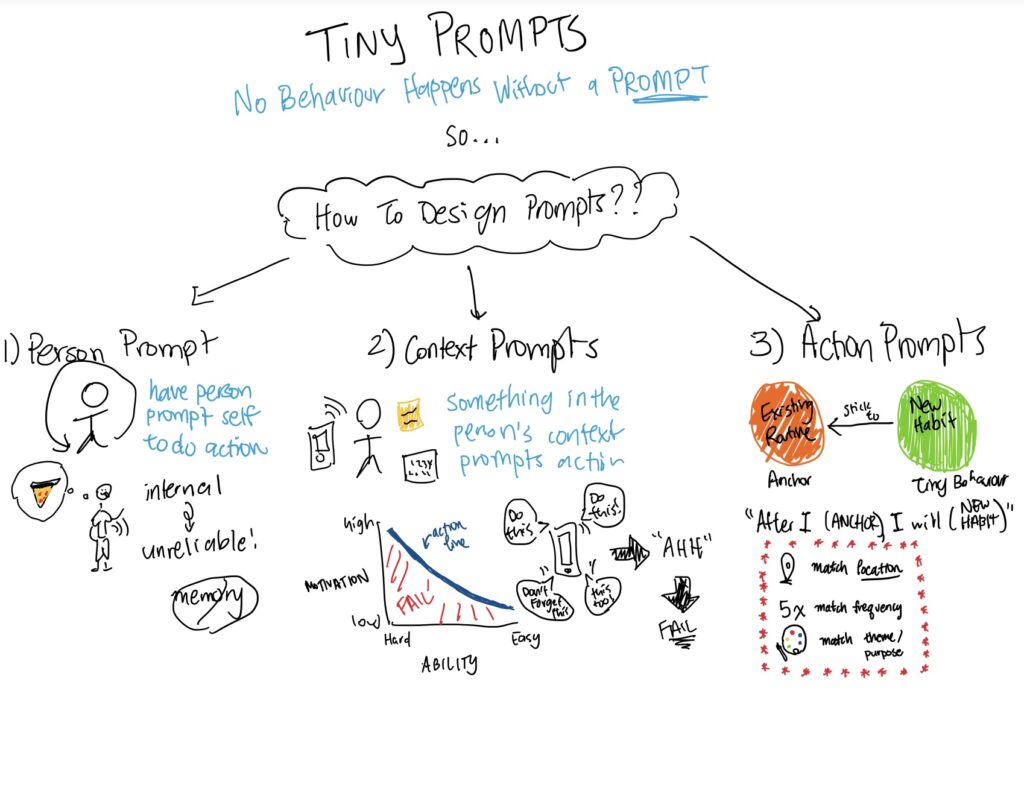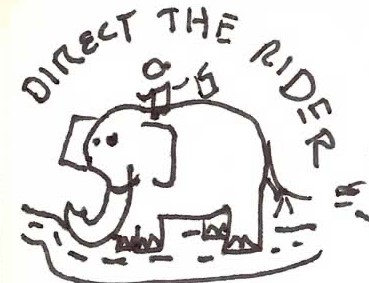Problem Domain and Motivation
TikTok has recently become an incredibly influential platform that has affected how the current generation dresses, interacts with each other, and most importantly, how we interact with our phone. Its addictive infinite scroll UI and incredibly effective personalization algorithm has created many unhealthy usage patterns for avid TikTok users. It’s not uncommon to hear users complain about how they just can’t stop using the app and use it for hours on end when they had only hoped to use it briefly as a study break.
Our team saw this as a concerning behavior pattern that was affecting not only the sleep health of our close friends but also negatively impacting their academic performances and social behaviors. Therefore, we hope to better understand the motivations behind TikTok usage and design effective and healthy ways of breaking out of these dopamine loops.
Baseline Study [For more details, see 2B blogpost]
Participant Selection: We were interested in learning about TikTok usage habits amongst Gen Z, TikTok’s largest demographic. As such, we screened our participants to ensure that they were within our target demographic age (17-25), that they used TikTok, and that they spent most of their time on TikTok scrolling instead of creating.
Pre-study interviews: Our pre-study interviews focused on exploring the attitude and relationship to changing TikTok usage behaviors. We asked participants about their phone usage throughout the day, their TikTok usage, their sentiment about their TikTok usage, and any ways in which they have already tried to alter their TikTok behaviors. For a list of questions, see 2B blogpost.
Baseline study protocols: In our baseline study, participants tracked their TikTok usage throughout the week of 1/24-1/28. We sent them a Google Form each morning where they reported their screentime from the previous day. We measured quantitative data and qualitative data through this Google Form. We also conducted post-study interviews.
Baseline study synthesis: To synthesize the results from our baseline study, we coded our interviews and raw data using post-its. Then, we used 3 synthesis methods to generate insights: affinity chunking, frequency mapping, graphing on a custom x-y axis. Ultimately, we realized that most of our users had frequent, but small complaints while using TikTok, so it was not enough to deter users from using the app, but they did still reflect negative feelings (about their usage and bad content displayed on the app) in general (More details in 5A blogpost).
Personas and Journey Maps & Synthesis
We crafted three personas: Flip-Flopping Fiona, Decrease Desires Daisy, and Everything in Moderation Emma – we condensed these personas based on varying usage levels, usage patterns (what times do they use the app?), motivations behind using the app, why they find the behavior bothersome. For further detail, see our 5A blog post.
Journey Maps: We synthesized that there was not a strong correlation between TikTok usage levels throughout the day (morning, midday, evening) with stress levels – users felt low levels of stress when TikTok usage was high, likely from the enjoyment of the app, but also high levels of stress while using TikTok, likely from feelings of guilt and tiredness when used during night or work sessions. As such, there were varying spetrusm of emotions expressed throughout the day for our users: contentment, stressed, entertained, guilty, and anxiousness.
Affinity chunking
Frequency Mapping
Custom graph: X-axis of Negative-Positive sentiment, and Y axis of infrequent->frequent occurrence of phenomenon
Comparative Research/Analysis [for more details see 4A blog post]
To better understand the competitors in our market, we analyzed 9 apps and their effectiveness for keeping Gen-Z users on track with reducing their TikTok usage. The apps were selected based on their popularity and utility as determined by the target demographic.
Some of the apps that offered solutions appealing to intrinsic motivation were successful in limiting social media usage. 1Question and forest were key examples that focused on solutions centered on the individual. Since the desire to change behavior began with the user, a customizable intervention guided only by the pace of the user was crucial for sustained change. Other apps like Qstudio and Lilspace were effective because of their appeals to extrinsic motivation in varying capacities. For some users, visibility within their network ensured a commitment to behavior change.
All of the apps also came with weaknesses. Solutions driven by intrinsic motivation, like the app timers present in the operating systems of devices, were often too easy to circumvent. Simply tapping a button could remove the solution entirely, making it difficult to commit to change. Apps like Flipd on the extrinsic end of the spectrum often failed because of the complexity in tying in a social network without truly focusing on the scrolling problem at hand.
Given our investigation, we found space available in the market for a more moderate solution, where high impact can be achieved through the mediation of intrinsic and extrinsic motivations. Appealing to a much broader audience, we would be able to effectively distinguish ourselves from other available solutions.
Literature Review
In an extensive literature review, our team explored various factors that lead to TikTok addiction, the consequences of such addictions, and interventions that would help TikTok users curb their daily use.
Factors that lead to TikTok Addiction:
3 major psychological and social factors contribute to TikTok use and addiction[1]:
- Social self-presentation: Rewarding feelings of group identification and inclusivity
- Trendiness: TikTok is seen as an exciting and novel new app used by many others
- Escapist addiction: Users use the app to escape from their everyday responsibilities
Tiktok is one of the most adept apps at prolonging user stay; by microtargeting user interests and personally tailoring videos to their tastes, the app is able to gain deeper insight into user data and keep the cycle of addiction recurring.[2] Additionally, our research also revealed how the UI design of the app encourages an “infinite scroll” structure that requires little effort to overuse. Whereas apps like Netflix or Youtube have a definitive end in their videos, TikTok is meant for indefinite use.[3]
Consequences of Addiction:
Critics attribute lack of sleep and decreasing daily performance as a result of unhealthy addiction to TikTok. Usage before sleep often leads to pre-sleep cognitive arousal that contributes to a higher level of fatigue the next day.[4] However, others argue that target users generally are satisfied with their interactions with TikTok and that negative experiences are not enough to deter them. Yet, despite the conflicting sentiments of the app, all agree that there is high risk involved with overuse and maladaptive behaviors that detriment the daily lives of users.[5]
Interventions:
Research demonstrates that addiction is determined by users’ mental concentration on app content, suggesting that one way of breaking addiction is to break this concentration[6]. Moreover, addictive characteristics like the absence of a stop feature, fear of missing out, and variable rewards can be combated at the individual and societal levels. As an individual, users can actively work against TikTok engagement by removing the trigger that prompts usage, such as notifications. Additionally, implementing a barrier to entry, such as a login required for each usage of the app, can be effective. At the societal level, developing new norms around TikTok as a segment of social awareness can be extremely effective in limiting addictive behaviors[7]. Keeping these levels of intervention in mind, we moved on to creating personas and journey maps of our interviewees.
Personas and Journey Maps
Intervention/Product Ideation
We developed our intervention study based on our user personas, journey maps, and principles of behavior science. We deliberated across 3 major intervention study ideas. To see all of our ideas, their pros and cons, and our prioritization criteria, see blog 5A.
How We Chose Our Idea:
The intervention idea that we decided on was to show the user’s to-do list or Google Calendar when they open TikTok. After deliberating the pros and cons of our top three ideas, we realized that Duo Push idea (#2) was difficult to implement in the short-term and was heavily dependent on the user’s friend’s participation. We also realized that the Timer idea (#3) accomplished similar goals as the existing Screen Time feature native on iPhones/Androids – due to this similarity and lack of nuance, we wanted to avoid potentially failing to break our feedback loop. Our To-Do list idea (#1) that we decided on was relatively feasible to implement, effectively breaks concentration on TikTok, and thus interrupts the loop between mindlessly scrolling and the mental cue to stop.
Implementation was an especially important consideration, as the Fogg model asserts that behavior is a function of motivation, ability, and prompt. Given the popularity of market competitors that can be quickly integrated (e.g., Apple’s screetime), adopting a similar approach for our intervention was optimal.
Intervention study
How we designed the study:
We used the iOS shortcuts app to set up a notification that prompts the user to type in tasks every time they open Tiktok. The intention is to remind them of any urgent tasks and make the act of opening TikTok more intentional. We hoped that the intentionality and reminder of productivity would reduce their usage. So, we had the participants set up this shortcut and answer a Google Form study for each day: Instructions on how to set up the automation
The Google Form asked questions regarding their usage of TikTok and how the intervention made them feel. We wanted quantitative data to see if their Tiktok usage went down as well as qualitative data to see if the users were responding emotionally in the way that we had intended: https://docs.google.com/forms/d/e/1FAIpQLSe45pryXpBLsGoVrQeNfV47q7VkUUtFha-h9VPTHPKyANxQ5A/viewform?usp=sharing
Recruitment Process:
For our participants, we each attempted to recruit one person who was from our baseline study and one person who was new to the process but still were within our target audience.
Synthesis:
We had a number of interesting insights regarding the set-up of the intervention study as well as the results of the actual intervention itself:
- Due to the high activation energy required to set up the shortcuts, we had a large number of participants drop off and stop responding. This demonstrated to us that whatever solution we end up working on needs to be set up as quickly and as painless as possible.
- We learned that an overarching keyword was “annoying”. Most participants had a relatively negative response and found it to be occasionally effective.
- The intervention’s overall negative response coincided with more stress induced by being reminded of tasks, especially when trying to destress on the weekends or at night. We felt that perhaps a more positive approach would be advisable.
- Most importantly, the intervention had a very negligible impact on their TikTok usage and didn’t have the intended effect of making usage a more intentional action. Instead, users opened the app less frequently but spent longer periods of time on the app because they didn’t want to deal with the intervention again.
Storyboard
We individually created storyboards of common TikTok usage patterns in our development process for the storyboards. When we shared these storyboards, we noticed a similar trend of TikTok users being distracted by the app to the point that it overtook their daily responsibilities. Based on these commonalities, we decided to create an intervention to interrupt app use through ToDo notifications of the next day. We hope that seeing the notification will encourage personal accountability to stop using TikTok.
Current direction
Overall, we feel that we are moving in the right direction, but do need some adjustments. There was a generally negative sentiment, so we hope to move forward with a more positive approach by incorporating social aspects of moderation as well as light gamification attempts to reward lowered TikTok use. We aim to leave our users with a positive reaction rather than a bad taste in their mouth.



